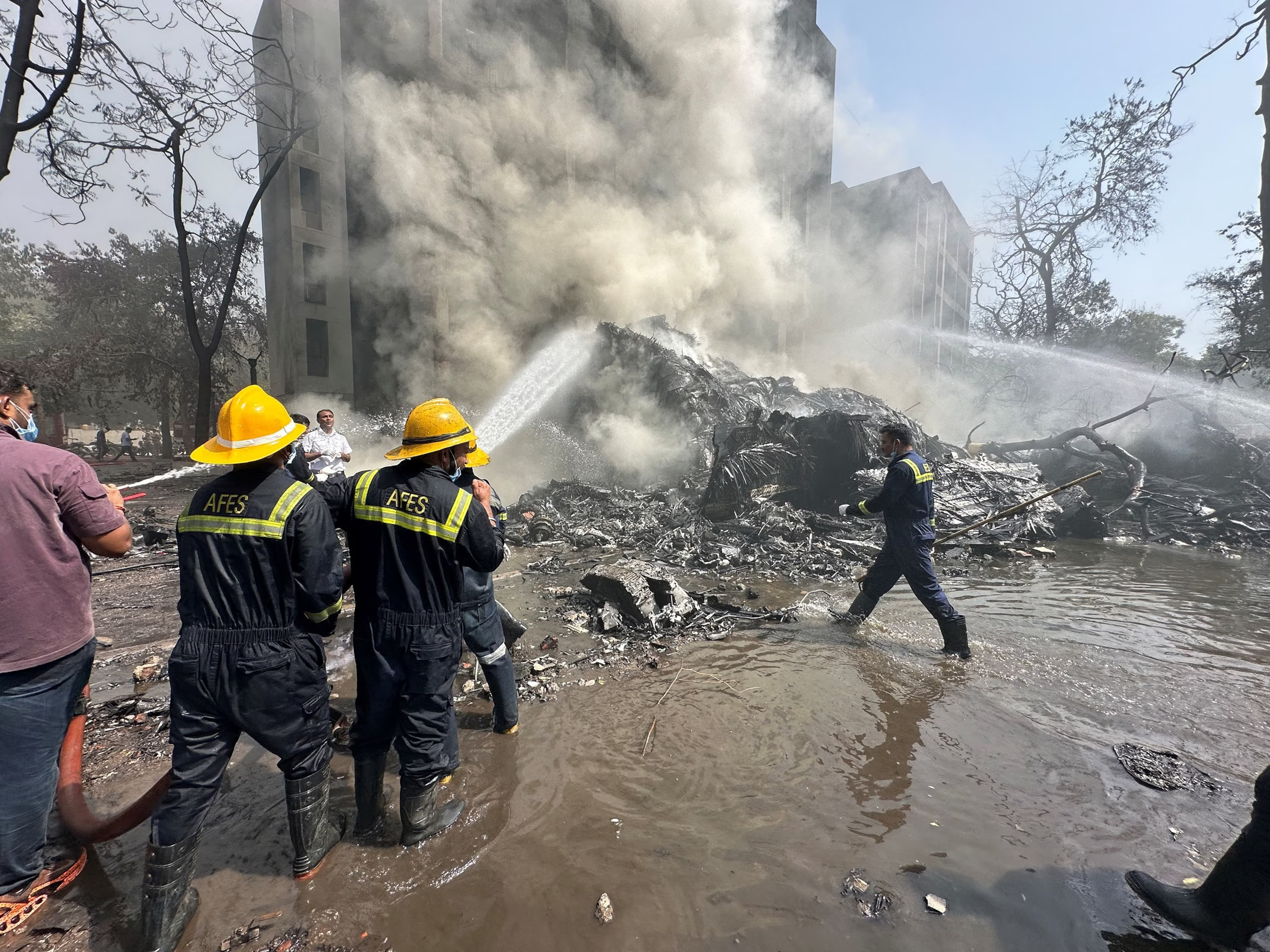Measures taken by Indian Government to combat Air Crashes:
India, with a rapidly expanding aviation sector, has adopted a multi-pronged approach to enhance air safety.
- The Directorate General of Civil Aviation (DGCA) acts as the apex regulatory body overseeing flight operations, licensing, and airworthiness. To ensure independent investigations, the Aircraft Accident Investigation Bureau (AAIB) was set up in 2012 under ICAO norms.
- After the Air India Express Kozhikode crash (2020), DGCA mandated stricter Runway End Safety Areas (RESA) and enhanced Crew Resource Management (CRM)
- Similarly, Flight Data Monitoring (FDM) and Voluntary Safety Reporting Systems help in predictive risk mitigation, enhancing the principle of Just Culture in aviation.
- Technological upgrades such as GAGAN (GPS-Aided GEO Augmented Navigation) and Advanced Surface Movement Guidance and Control Systems (ASMGCS) are deployed to improve navigational accuracy and prevent runway incursions. Weather integration with IMD further ensures turbulence and storm alerts.
- In the military domain, the frequent MiG-21 crashes led to temporary fleet grounding, Court of Inquiry (CoI) probes, and overhauls under Airworthiness Certification
- Indigenous development challenges like those in ALH Dhruv helicopters led to stricter quality control norms via HAL and DRDO collaboration.
- India also actively engages with ICAO, FAA, and EASA for periodic safety audits and global best practices under Bilateral Air Safety Agreements (BASA).
Despite these measures, implementation gaps and ageing fleets remain concerns. A shift towards predictive safety analytics and AI-based monitoring is the future path to truly minimizing air accidents.

















